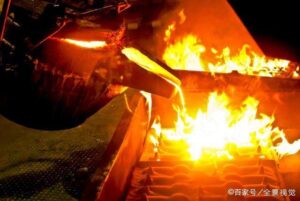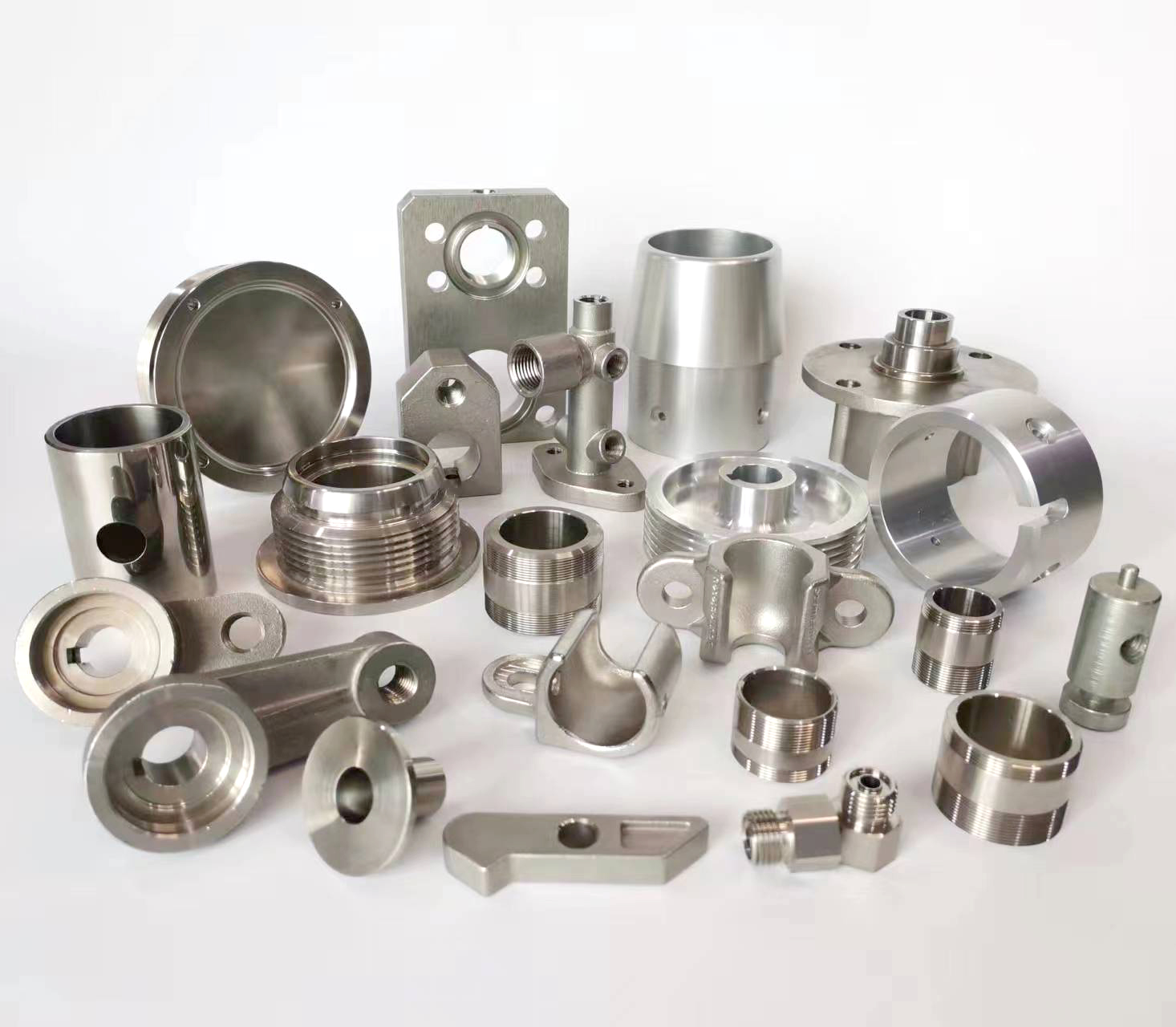
The term “annealing” fundamentally refers to a process of heating and controlled cooling applied to a material or a system to alter its physical and sometimes chemical properties, with the primary goals of reducing hardness, increasing ductility, and eliminating internal stresses. This core concept has been extended metaphorically to the field of computer science, specifically in optimization algorithms.
The concept can be divided into two main categories:
-
Physical Annealing (in Materials Science)
-
Simulated Annealing (in Computer Science)
1. Physical Annealing (Metallurgy and Materials Science)
This is the original and traditional meaning of the term.
What is it?
Annealing is a heat treatment process that alters the microstructure of a material, like metal or glass, to change its mechanical properties. It involves three distinct stages:
-
Heating: The material is heated to a specific high temperature (called the “annealing temperature” or “recrystallization temperature”) where its crystal structure becomes more fluid. For steel, this is often above its upper critical temperature.
-
Soaking (or Holding): The material is held at that temperature for a sufficient amount of time. This allows internal changes to occur uniformly throughout the material, such as the formation of new grains without pre-existing stresses.
-
Cooling: This is the most critical phase. The material is cooled very slowly and in a controlled manner, often inside the furnace itself (called “furnace cooling”). Slow cooling is essential for achieving the desired soft and ductile microstructure.
Why is it done? The Objectives:
-
To Relieve Internal Stresses: Manufacturing processes like machining, welding, bending, or cold-working create internal stresses that make the material brittle and prone to failure.
-
To Increase Softness and Ductility: A hard, brittle metal is difficult to machine or shape. Annealing softens it, making it more workable.
-
To Improve Microstructure: It refines the grain structure, making it more uniform and improving the material’s overall properties.
-
To Enhance Electrical Conductivity: In metals like copper, annealing can restore conductivity that was reduced by work-hardening.
Example: A metal paperclip bent repeatedly becomes hard and eventually snaps because of “work hardening.” Annealing that same paperclip would soften it, allowing it to be bent again without breaking.
2. Simulated Annealing (Computer Science and Optimization)
This is a probabilistic algorithm inspired by the physical annealing process described above.
What is it?
Simulated Annealing (SA) is a metaheuristic optimization algorithm used to find a good approximation of the global optimum (the best possible solution) for a given problem in a large and complex search space. It is particularly useful for problems where traditional greedy algorithms get “stuck” in a local optimum.
The Analogy to Physical Annealing:
The algorithm is a direct metaphor of the physical process:
-
The Material: The current candidate solution to the problem.
-
The Energy (or Cost): The value of the “objective function” (e.g., the length of a salesperson’s route, the cost of a schedule, the error in a model). The goal is to minimize this energy.
-
The Temperature (
T): A control parameter that starts high and gradually decreases over time.
How it Works:
-
Initialization: Start with a high “temperature”
Tand an initial random solution. -
Iteration: Generate a new, neighboring solution (a small random change to the current solution).
-
Decision:
-
If the new solution is better (lower energy/cost), the algorithm always accepts it.
-
If the new solution is worse (higher energy/cost), the algorithm might still accept it with a certain probability. This probability is calculated by the Metropolis criterion:
P(accept) = exp( -ΔE / T ), whereΔEis the increase in energy (how much worse it is).
-
-
The “Annealing Schedule”: The temperature
Tis slowly decreased according to a predefined schedule (e.g.,T_{new} = 0.95 * T_{old}). AsTdecreases, the probability of accepting worse solutions also decreases. -
Termination: The algorithm stops when the temperature has cooled to nearly zero or after a set number of iterations.
Why accept worse solutions?
This is the algorithm’s genius. Accepting some worse solutions allows it to escape local minima—those points that are better than their immediate neighbors but not the best overall solution. The high initial temperature allows for extensive exploration of the search space. As the system “cools,” it becomes more exploitative, fine-tuning and settling into a low-energy (hopefully global optimum) state.
Key Applications of Simulated Annealing:
-
The Travelling Salesperson Problem (TSP)
-
Integrated Circuit Design (VLSI)
-
Task Scheduling and Planning
-
Machine Learning model training
-
Any complex combinatorial optimization problem





